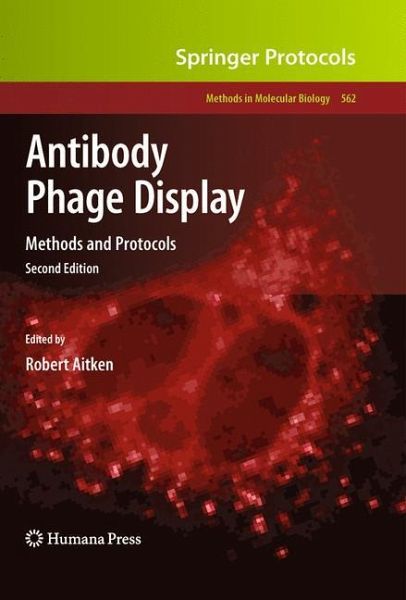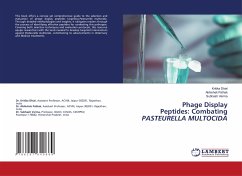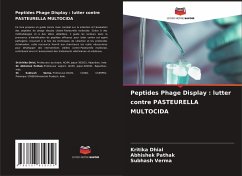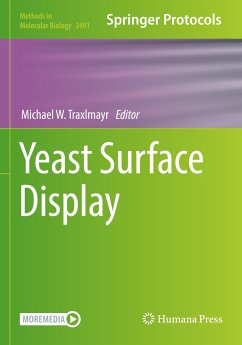
Antibody Phage Display
Methods and Protocols
Herausgegeben: Aitken, Robert
Versandkostenfrei!
Versandfertig in 6-10 Tagen
83,99 €
inkl. MwSt.

PAYBACK Punkte
42 °P sammeln!
Since its introduction almost 20 years ago, phage display technology has revolutionized approaches to the analysis of biomedical problems, quickly impacting the fields of immunology, cell biology, biotechnology, pharmacology, and drug discovery. In Antibody Phage Display: Methods and Protocols, Second Edition, expert researchers explore the latest in this cutting-edge technology, providing an invaluable resource that will guide readers in the design and execution of experiments based around antibody phage display. Chapters present a wide range of methods of isolating recombinant antibodies from phage display libraries, examine how the targets recognized by antibodies of interest can be identified, discuss the identification and exploitation of antibodies that can enter cells and bind to cytosolic targets, and include novel approaches to the expression of recombinant antibodies. Composed in the highly successful Methods in Molecular Biology(TM) series format, each chapter contains a brief introduction, step-by-step methods, a list of necessary materials, and a Notes section which shares tips on troubleshooting and avoiding known pitfalls.
Detailed and innovative, Antibody Phage Display: Methods and Protocols, Second Edition is a critical handbook on phage display technology which is certain to stimulate the reader's imagination as much as it will guide future practice in the laboratory.
Detailed and innovative, Antibody Phage Display: Methods and Protocols, Second Edition is a critical handbook on phage display technology which is certain to stimulate the reader's imagination as much as it will guide future practice in the laboratory.












